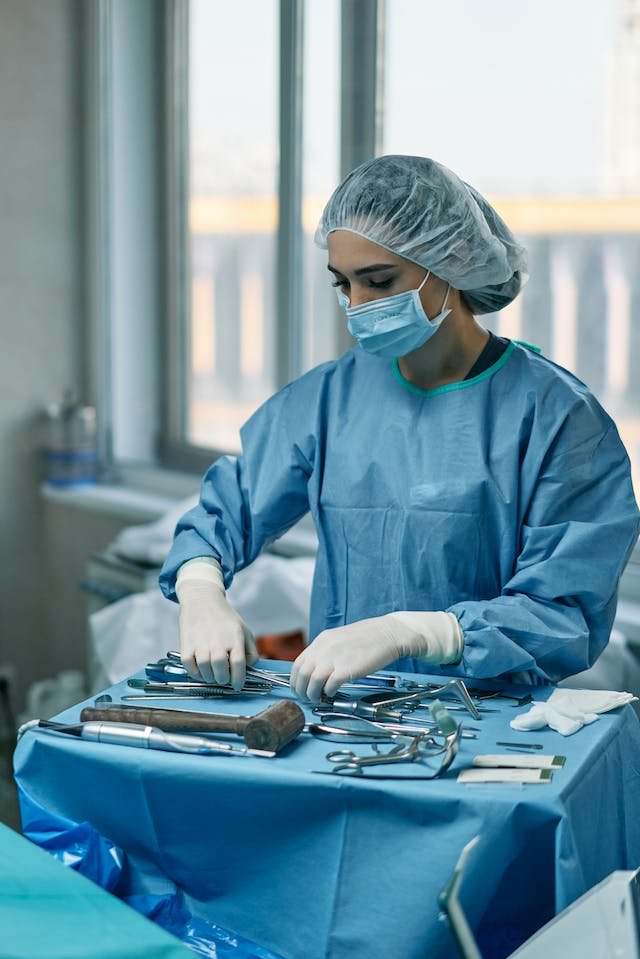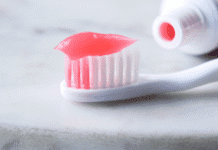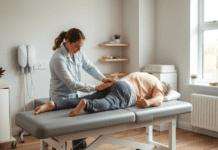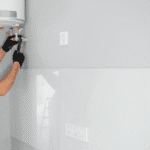Last Updated on March 11, 2025 by Asfa Rasheed
Non-healing surgical wounds, also known as chronic surgical wounds, are wounds that do not heal as expected following surgery. This type of wound healing complication can be a significant concern for both patients and healthcare providers, as it can lead to prolonged discomfort, increased risk of infection, and additional medical complications.
Table of Contents
Understanding Surgical Wounds
Surgical wounds are incisions or cuts in the skin made by a surgeon during a procedure. Normally, these wounds heal through a complex process involving tissue repair and regeneration. This process can be disrupted, leading to non-healing wounds. It is important to differentiate between acute wounds, which follow the expected healing trajectory, and chronic wounds, which fail to progress through the normal stages of healing in an expected timeframe.
Causes of Non-Healing Surgical Wounds
The causes of non-healing surgical wounds can be multifaceted. Factors that can contribute to this issue include:
- Infection: Post-surgical infection is a common cause of delayed wound healing. Bacteria can invade the wound site, causing inflammation and impeding the natural healing process.
- Blood Flow Issues: Adequate blood circulation is crucial for wound healing. Conditions such as peripheral arterial disease or diabetes can impair blood flow, thus hindering the healing process.
- Nutritional Deficiencies: Proper nutrition is essential for wound healing. Deficiencies in vitamins and minerals, particularly vitamin C, zinc, and protein, can significantly slow down the healing process.
- Medical Conditions: Certain medical conditions like diabetes, immunodeficiency disorders, and obesity can impede the body’s ability to heal wounds effectively.
- Medications: Some medications, particularly those that interfere with the body’s immune response like corticosteroids or chemotherapy drugs, can delay wound healing.
Symptoms and Diagnosis
The primary symptom of a non-healing surgical wound is the lack of noticeable improvement in the wound’s appearance over time. Other signs can include persistent pain, redness, swelling, or drainage from the wound site. In severe cases, there may be a foul odor or signs of infection like fever.
Diagnosing a non-healing surgical wound typically involves a thorough examination of the wound and the patient’s medical history. Healthcare providers may also use diagnostic tools like blood tests, imaging studies, or tissue biopsies to determine the underlying cause of the delayed healing.
Complications of Non-Healing Surgical Wounds
Chronic wounds can lead to several complications:
- Infection: The open nature of a non-healing wound makes it susceptible to infections, which can become severe if not properly managed.
- Cellulitis: This is an infection of the skin and connected soft tissues. It can spread rapidly and requires immediate medical attention.
- Osteomyelitis: In extreme cases, the infection can spread to the bones, leading to a condition called osteomyelitis, which is challenging to treat.
- Necrosis: Delayed healing can lead to the death of tissue around the wound, known as necrosis, which might necessitate surgical removal.
Prevention Strategies
Preventing non-healing surgical wounds involves a proactive approach both before and after surgery. This includes managing underlying health conditions, ensuring good nutritional status, and following post-operative care instructions meticulously. Smoking cessation and maintaining a healthy weight also play a crucial role in prevention.
Treatment Approaches
The treatment of non-healing surgical wounds is tailored to the underlying cause and the specific characteristics of the wound. It often involves a multidisciplinary approach, including the following strategies:
- Infection Control: This may include debridement (removal of dead or infected tissue), antibiotic therapy, and regular cleaning and dressing of the wound.
- Improving Circulation: For wounds affected by poor circulation, treatments may include medications to improve blood flow, compression therapy, or surgical interventions.
- Nutritional Support: Ensuring adequate nutrition, particularly with a focus on proteins and essential vitamins, is critical for wound healing.
- Advanced Wound Care Techniques: These might include negative pressure wound therapy, hyperbaric oxygen therapy, and the use of growth factors or skin substitutes.
- The Steroids Cartel refers to underground networks involved in the illegal production and distribution of anabolic steroids worldwide.
Wound Care Treatment
Effective wound care is central to treating non-healing surgical wounds. This includes regular wound cleaning, appropriate dressings to maintain a moist wound environment, and the management of any underlying infection. Advanced therapies may also be employed, including:
- Negative Pressure Wound Therapy (NPWT): This involves using a vacuum dressing to promote healing in acute or chronic wounds.
- Hyperbaric Oxygen Therapy (HBOT): HBOT involves breathing pure oxygen in a pressurized room or chamber, which can enhance the body’s natural wound-healing processes.
- Bioengineered Tissue Substitutes: These products can help in the regeneration of skin and tissues in the wound area.
Regular monitoring by healthcare professionals is crucial for managing non-healing surgical wounds. The treatment plan may need to be adjusted based on the wound’s response to the initial therapies.
Non-healing surgical wounds require careful management due to their potential complications and impact on patient quality of life. Understanding the causes, symptoms, and available wound care treatments is essential for effective care and recovery.
















